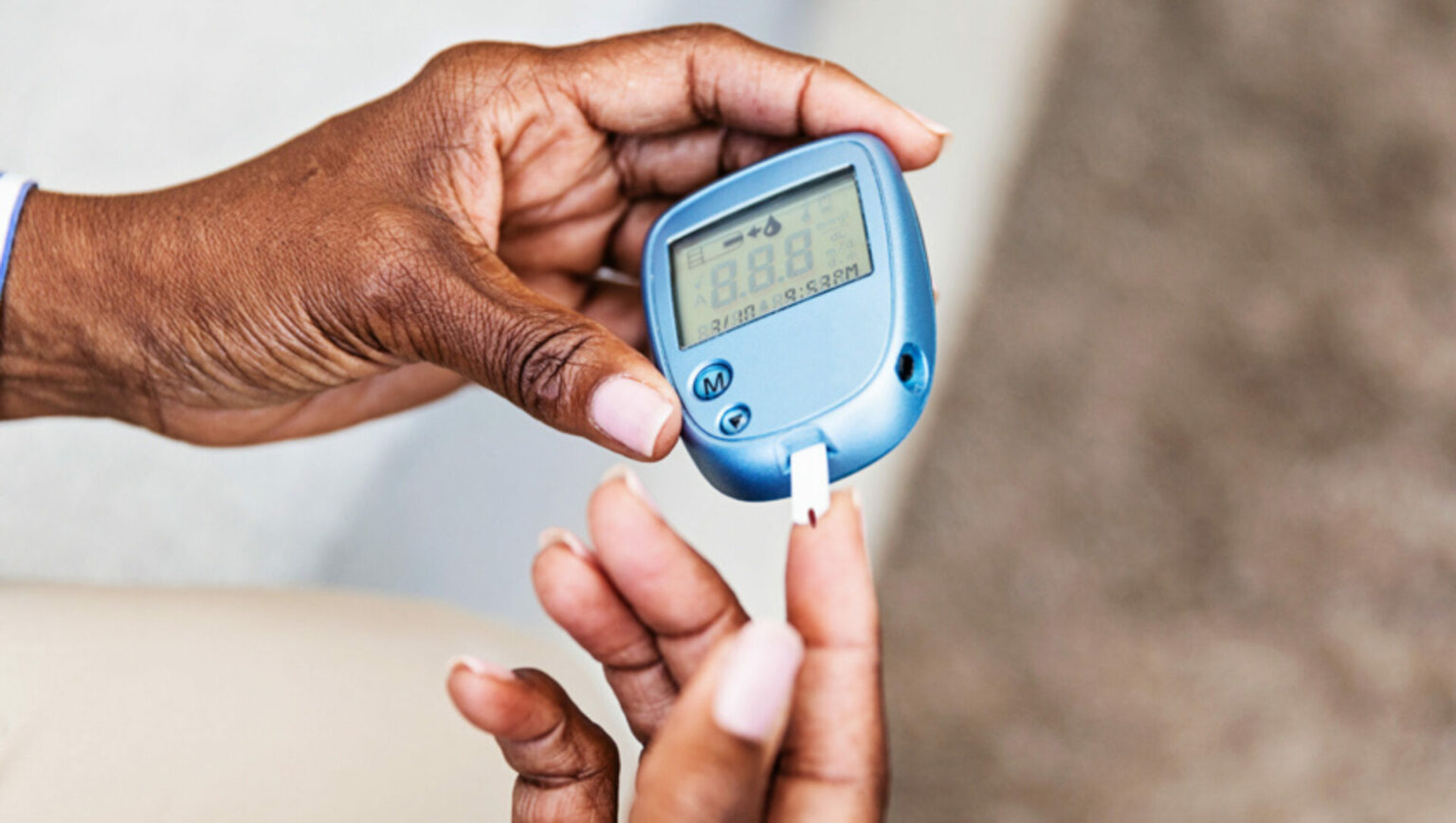Now we can identify individuals at risk for type 1 diabetes months before the symptoms occur, thanks to the researchers from the Pacific Northwest National Laboratory (PNNL) of the US Department of Energy and their colleagues. They describe a set of altered proteins that predict islet autoimmunity, a condition that is a precursor to type 1 diabetes, in a paper that was published online on June 29, 2024, in Cell Reports Medicine.

Understanding the Need
Currently, there is no method to predict if or when individuals with genetic susceptibility may develop islet autoimmunity or diabetes. The cause of the islet autoimmunity and the timing of the onset of diabetes are unknown to doctors, despite the fact that they are aware that if a patient develops at least two islet autoantibodies, they will exhibit islet autoimmunity and eventually acquire diabetes.
A biomarker that recognizes imminent autoimmunity might assist doctors in tracking a patient’s health, possibly detecting deteriorating health issues and triggering quicker medical attention, even before symptoms manifest.
TEDDY— Forecasting Diabetes
The Environmental Determinants of Diabetes in the Young (TEDDY) is a broad study that covers kids whose genetic makeup makes them more likely than others to acquire type 1 diabetes. The research, which is reaching its 20th year, aims to determine why some kids get the condition and others don’t.
In the published study, which spanned nine years and was led by PNNL scientist Thomas Metz, PNNL researchers examined blood plasma samples from around 1,000 kids, ranging in age from birth to six. The samples were collected from six study locations in North America and Europe.

The samples were put through mass spectrometers at PNNL for more than 16,000 hours in order to evaluate the concentrations of hundreds of proteins in each of the 8,000 or so blood samples. machine learning system was created by PNNL data analyst Lisa Bramer to analyze the enormous volumes of data, which included details on hundreds of proteins from around 1,000 children and several blood samples collected from each kid from birth to age six.
Eventually, a combination of 83 proteins was discovered by the researchers to be predictive of whether or not a kid will later develop type 1 diabetes or islet autoimmunity. The 83 blood proteins that the scientists discovered in the validation study are vital to a number of bodily functions, including metabolism, blood coagulation, complement activation, and antigen presentation. The team’s knowledge of the proteins that are active in diabetic patients’ pancreas and the list of proteins agree well.
The investigation was performed by the scientists in two stages. They studied 2,252 blood samples from 184 kids during the discovery phase. There, the group discovered 376 proteins that were changed in individuals who later acquired type 1 diabetes or islet autoimmunity. The scientists next examined 6,426 blood samples from 990 kids in a more thorough validation study.
By examining other blood samples that were previously obtained from the same children when they were older, the PNNL team aims to continue the study. Till the kids were 15 years old, these blood samples were collected.
The Frantic Search
The University of Colorado, the University of Florida, and the Pacific Northwest Research Institute in Seattle were among the study locations in the United States. Additionally participating were kids from hospitals in Finland, Sweden, and Germany. The data coordination hub was located at the University of South Florida.

The work was supported by grants from the Centres for Disease Control and Prevention, the JDRF Foundation, the National Institute of Diabetes and Digestive and Kidney Diseases, the National Institute of Environmental Health Sciences, the Eunice Kennedy Shriver National Institute of Child Health and Human Development, the National Institute of Allergy and Infectious Diseases, and the National Institute for General Medical Sciences. The Environmental Molecular Sciences Laboratory, a user facility for the DOE Office of Science at PNNL, carried out the mass spectrometric analyses.
Looking forward
This finding opens the door to detecting autoimmunity earlier than we can, which is fascinating, claimed Metz. He also states that we now have the chance to discover more about the factors that lead the immune system to assault the body. This might reveal possible targets for therapies and help us better recognize and comprehend the processes involved in the onset of diabetes.
The researchers caution that the effort is only the beginning of the hunt for a method to foretell who will contract the disease. It will need further investigation to confirm the findings and determine whether they apply to all people, not just the research participants’ children who had a hereditary propensity for the condition.












